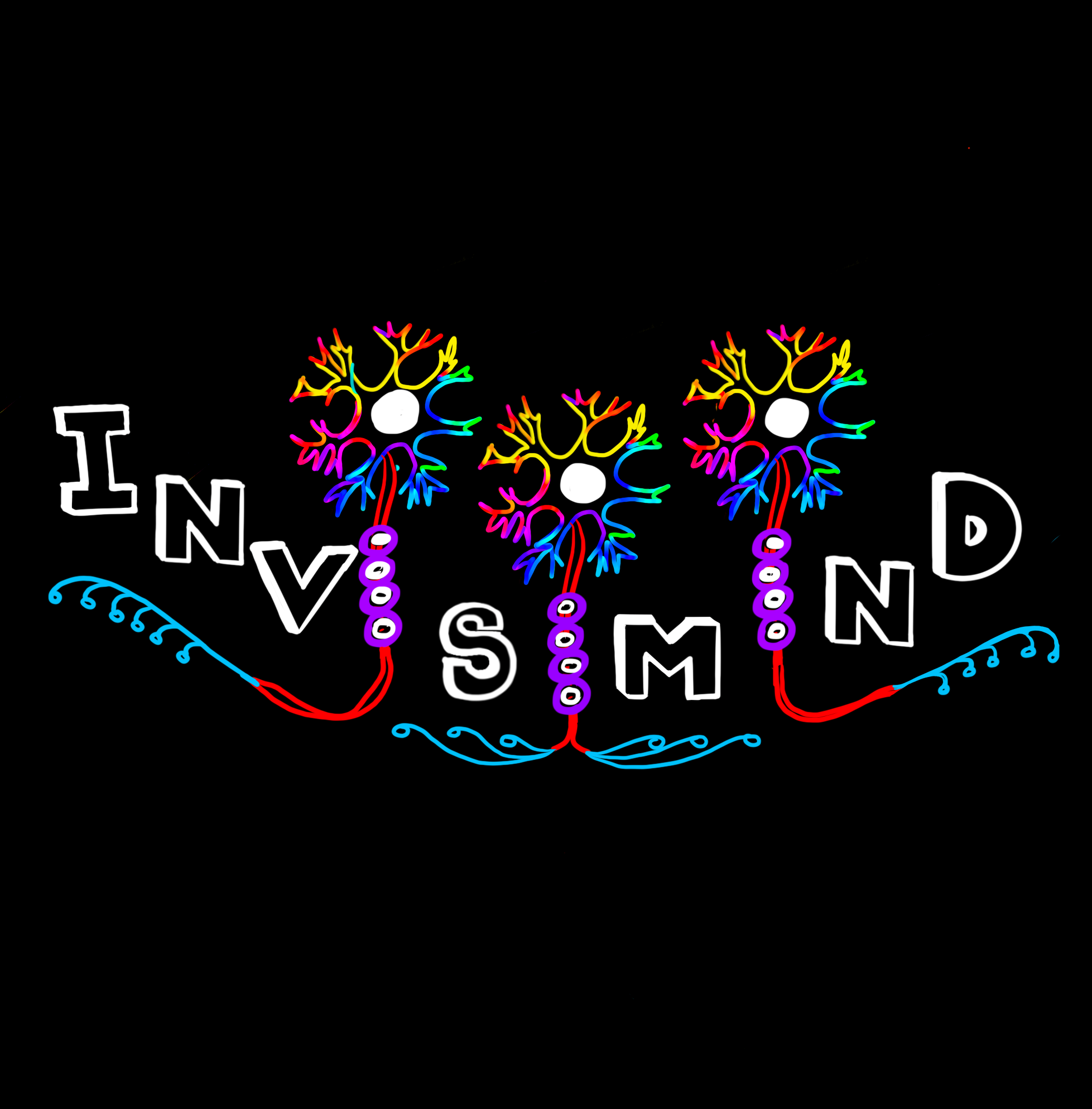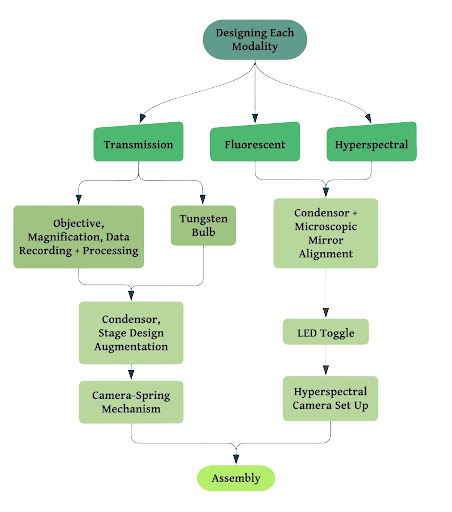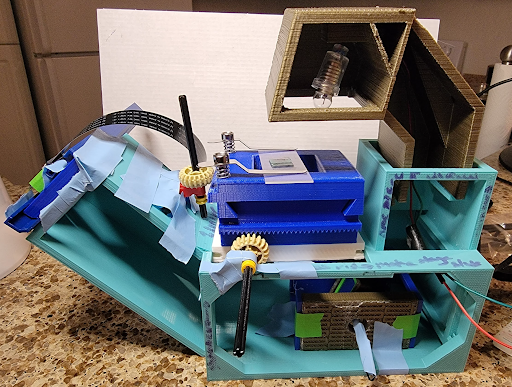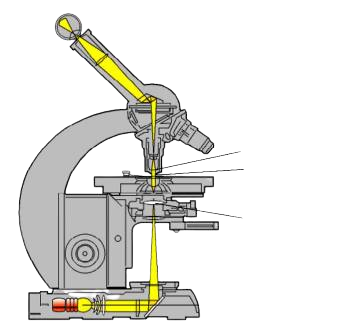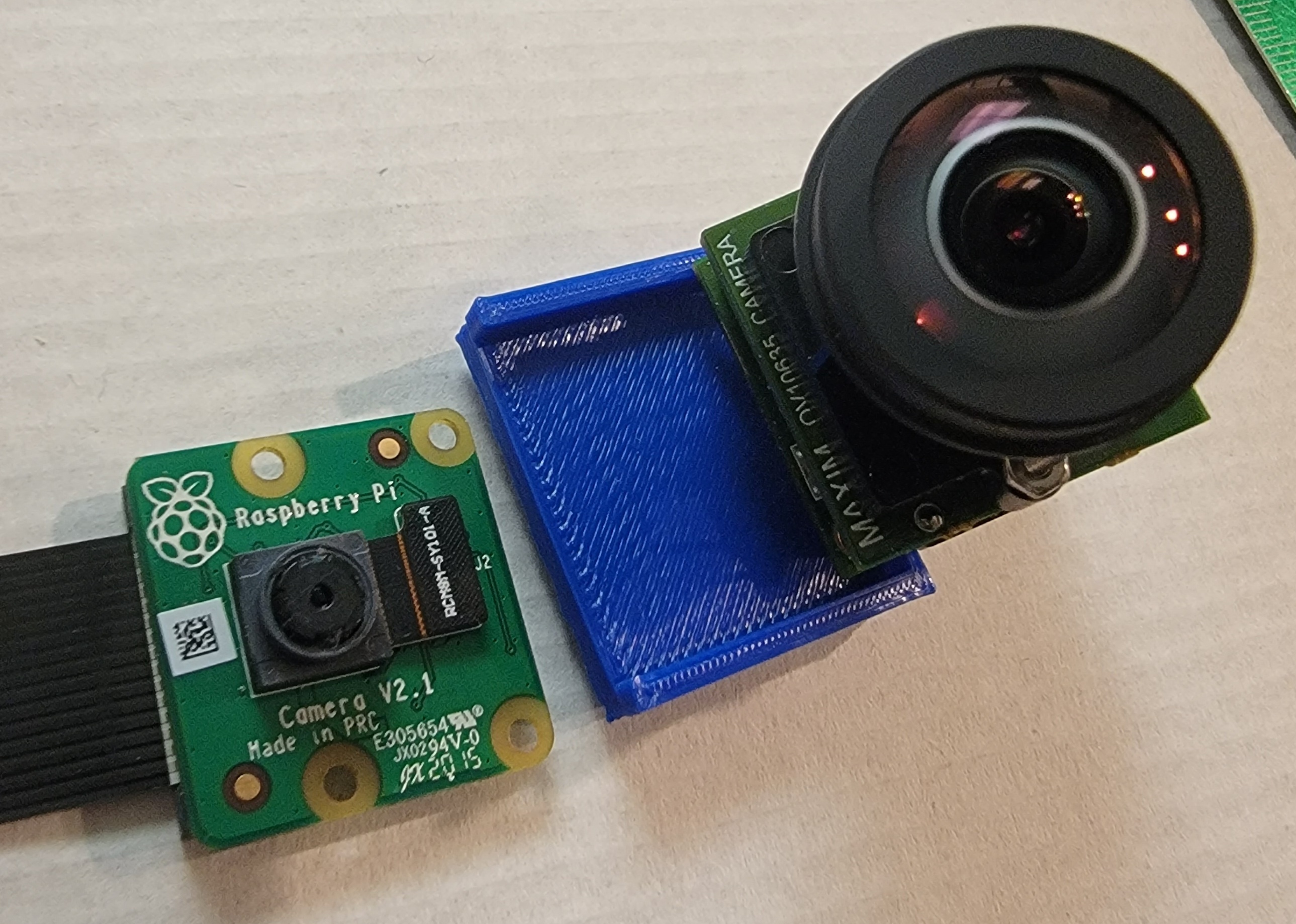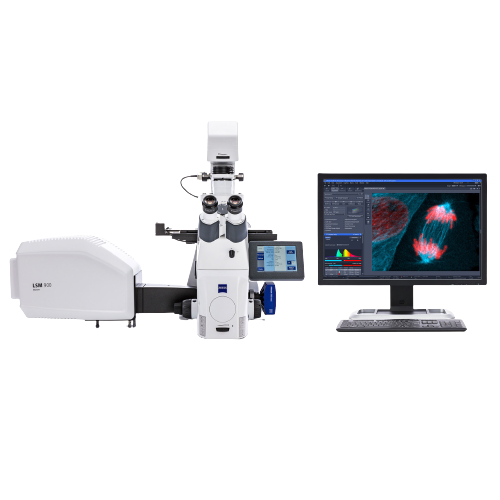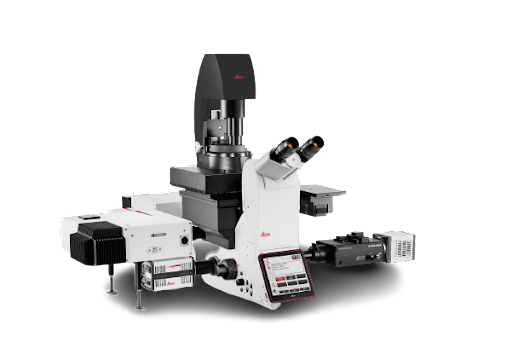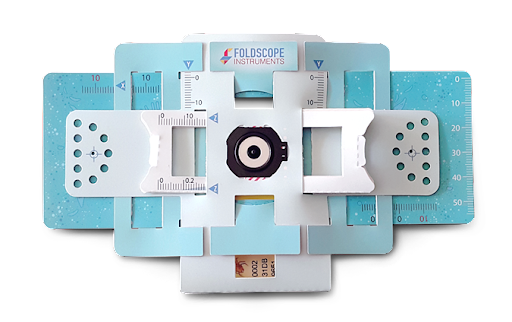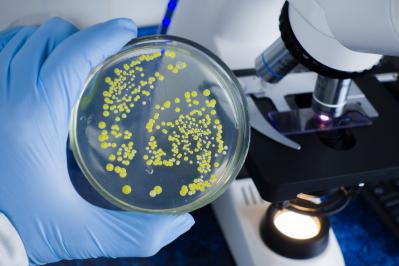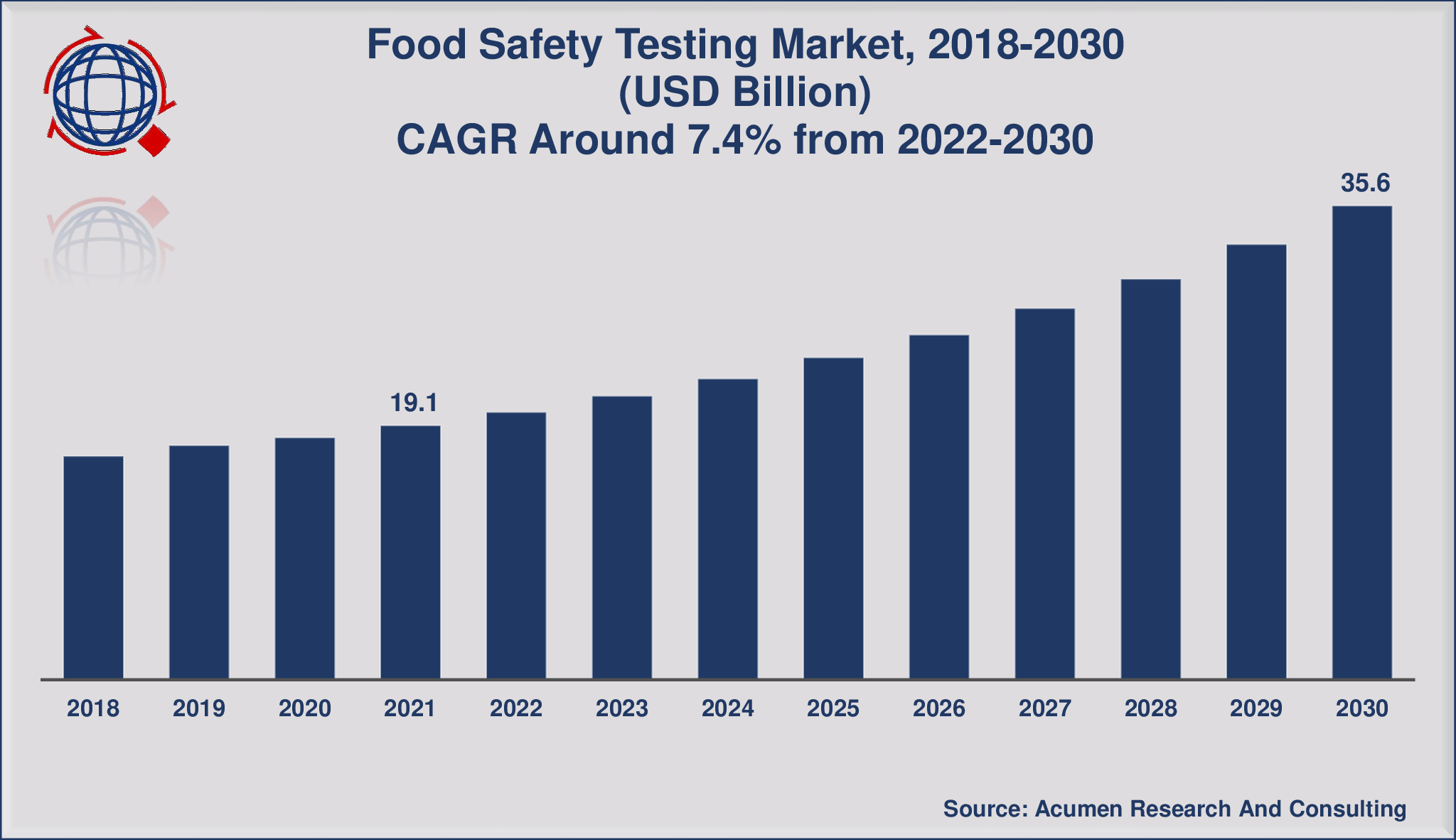Our Vision: Innovating Bioburden Micoroscopy
Every year, the Centers for Disease Control and Prevention reports that one in six Americans fall ill to foodborne illnesses. [1] The effects of foodborne illnesses can span from mild discomfort to serious, life-threatening consequences. Currently, diagnostic tools for pathogens require extensive travel time between the site of collection and observation, disrupting the quality and timeliness of analysis. Moreover, the equipment used has a limited range of analysis and adds up to billions of dollars in economic loss each year. We aim to reduce the frequency of these cases with our trimodal microscope and broaden the impact of analysis capabilities in microbial contamination testing. Our work builds upon current single or bimodal microscopes that have limited range of image analysis capabilities. Our novelty is light source shareability between the fluorescent and hyperspectral modes in arrangement with typical microscopy components housed in 3D printed casing. We have developed a transmission microscope designed to detect fluorescence in hyperspectral mode. The design consists of transmission illumination in an upright configuration, while the hyperspectral and fluorescence illumination are designed for forward detection. The two light pathways pass through a housing component that will allow users to easily switch between the modes. This novel, low-cost configuration will allow users to image samples for microbial contamination on-site for common pathogens such as E.coli and Salmonella, and receive feedback on the contamination levels to minimize the presence of pathogens on food we eat.
Overall, our trimodal microscope helps culitvators and suppliers along the food supply chain who want to understand and identify diseased food production by reducing test processes complexity, expense, and increasing access to onsite analysis. [2]
